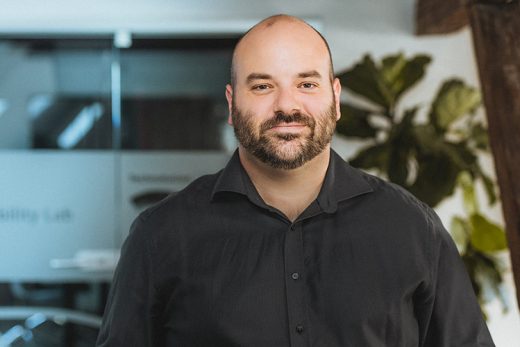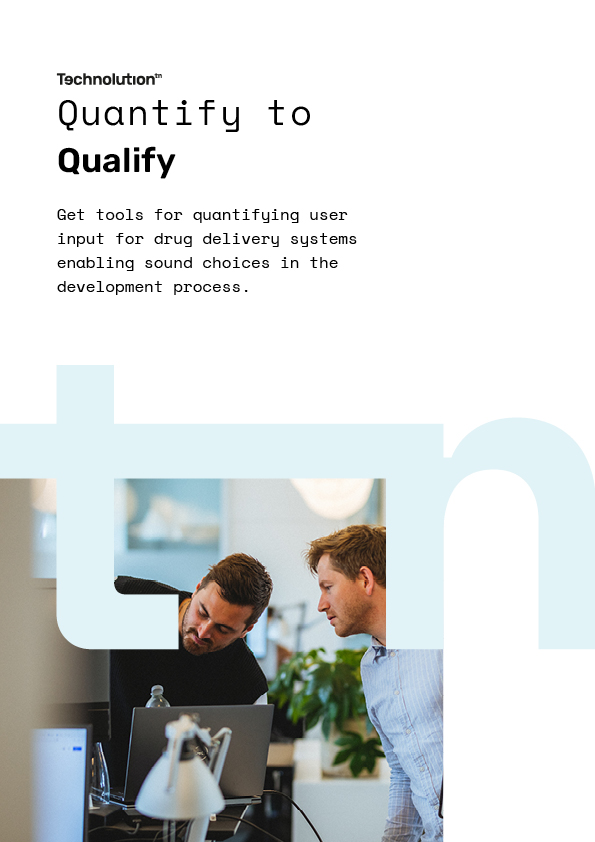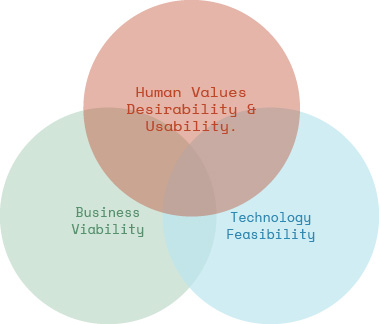pre-submissions
How an FDA pre-submission enhances your usability engineering process
The U.S. Food and Drug Administration (FDA) offers manufacturers the opportunity to engage with the Agency before submitting their final submissions or applications, e.g. 510(k) submissions. Such interactions with the FDA are typically referred to as pre-submissions or Q-submissions. A pre-submission allows the manufacturer to get the FDA’s input before initiating larger activities, e.g., Summative Evaluation (Human Factors Validation Studies) and Clinical Studies. In their guidance, the FDA states, “A Pre-Sub includes a formal written request from a submitter for feedback from FDA that is provided in the form of a formal written response or if the submitter chooses, formal written feedback followed by a meeting.” The guidance is available here.
Case Stories
Recently, Technolution has been actively engaged in advising and supporting Pharma and MedTech manufacturers in pre-submissions where the following was in focus:
A Software as a Medical Device (SaMD) manufacturer presented and outlined potential harm categories associated with their device. By demonstrating that none of the identified use errors could result in serious harm as per FDA guideline (21 CFR 803.3(w)), the manufacturer successfully argued that their device didn’t entail critical tasks. Consequently, they were able to forego Summative Evaluation (Human Factors Validation Study) for their upcoming 510(k) premarket submission. This significantly reduced both time to market and the budget for development activities.
The Summative Evaluation (Human Factors Validation) study design – specifically the self-selection approach for an Over-the-Counter (OTC) medical device – and participant sample size were deemed appropriate by the FDA thereby resulting in neither human factors deficiencies nor questions for the final market submission.
Leveraging existing HF validation data on already marketed products to include new medical indications and forego new human factors validation studies.
Benefits of Pre-Submission
Why prioritize a Pre-submission?
One common rationale that we, as consultants, hear from our clients is the reluctance to prioritize early engagement with the FDA during the development process. This reluctance stems from the concern that a pre-submission could extend the overall timeline by 2-3 months. While it’s true that a pre-submission could extend the overall timeline by several months, this must be balanced against the potential consequences. If a final FDA submission is not accepted due to various factors, additional activities will be necessitated. Looking at it from a Human Factors/Usability Engineering standpoint, these factors might encompass issues related to the Summative Evaluation (Human Factors Validation) study design or methodology, such as:
- Use errors related to certain identified critical tasks, which are best assessed through actual or simulated use scenarios rather than knowledge tasks.
- The study does not include all user groups expected by the FDA.
- The participant recruitment does not align with current demographics.
- Incorrect categorization of critical/non-critical tasks.
- Critical tasks being omitted from the scope of the Human Factors Validation study.
These are only a small sample of the feedback the FDA could provide, The FDA guidance ’Requests for Feedback and Meetings for Medical Device Submissions: The Q-Submission Program” lists examples of pre-submission questions, including human factors.
When do we recommend a pre-submission?
- When your use-related risk assessment has identified that no use errors carry the potential of leading to serious harm, and you seek the FDA’s input regarding their agreement on the absence of critical tasks, thereby foregoing Summative Evaluation (Human Factors Validation Study).
- When there is uncertainty about the study design or methodology of your Summative Evaluation (Human Factors Validation Study).
- When the intended user group is highly restricted and challenging to recruit, you aim to provide a rationale for enlisting surrogate or proxy participants. You believe these participants sufficiently mirror the capabilities and limitations of your intended user group.
- When seeking the FDA’s feedback on bridging strategies to leverage existing human factors data.
- When achieving success and ensuring your submission is accurate on the first attempt outweighs strict adherence to timelines.
Conclusion
Engaging with the FDA through pre-submissions aligns expectations and streamlines subsequent marketing submission processes. Early identification of potential issues allows for appropriate mitigations, minimizing the risk of delay or rejection during the final marketing submission. Contact us to discuss how a pre-submission can benefit your current or next project.
WANT TO talk?
Let's get in touch
Our Senior Human Factors Specialist, Morten, is looking forward to discussing how an FDA pre-submission enhances your usability engineering process. Drop him a mail directly or give us a call. We are looking forward to hearing from you

Want to know more?
Insights you might also be interested in:

Quantify to Qualify
Get tools for quantifying user
input for drug delivery systems
enabling sound choices in the
development process.

How an FDA pre-submission enhances your usability engineering process
Discover the advantages of incorporating FDA pre-submission insights into your usability engineering process for streamlined success.

How not to be part of the 80% of product innovations that fail
It’s not just about having a great idea but also about balancing desirability, feasibility, and viability.